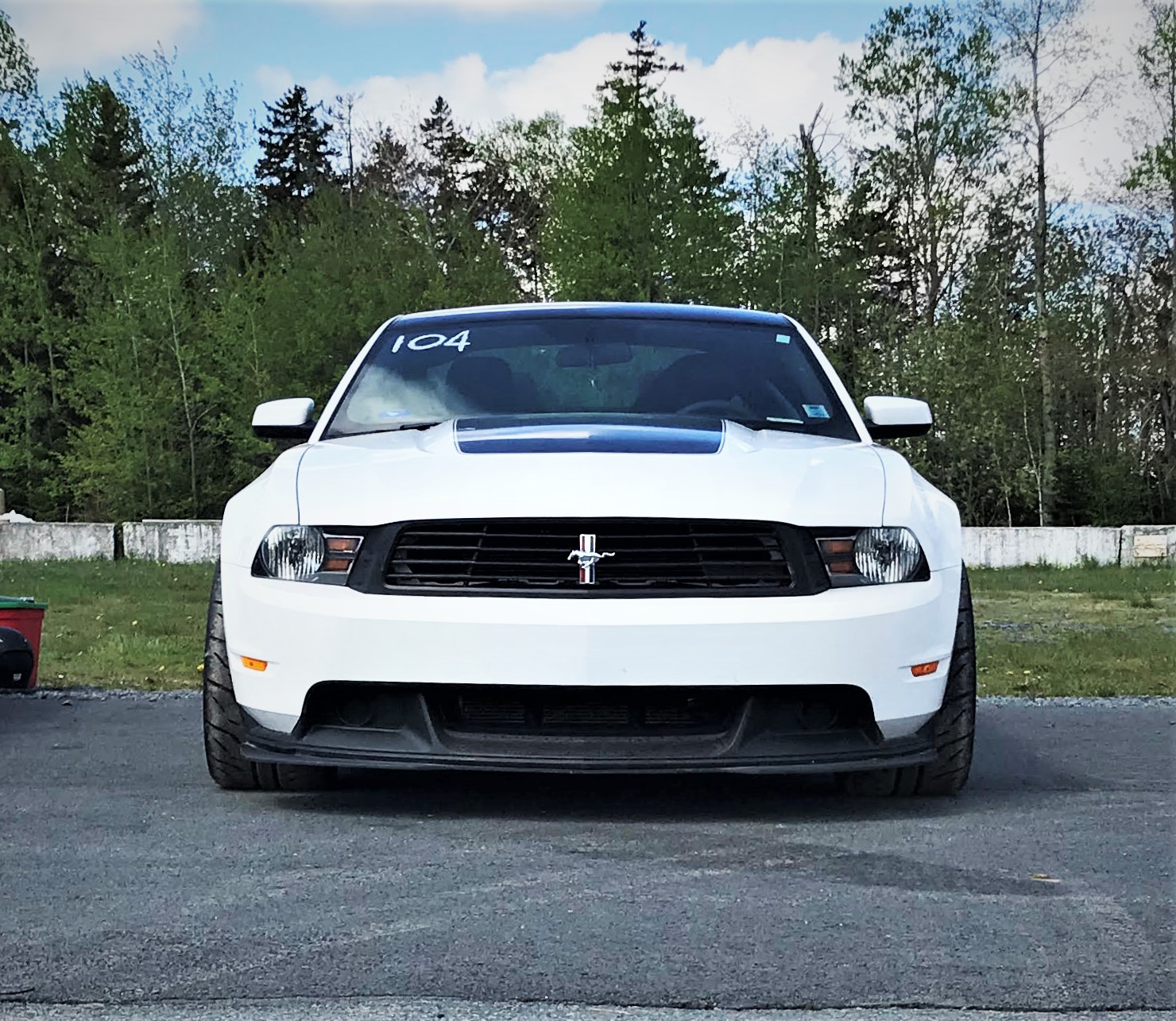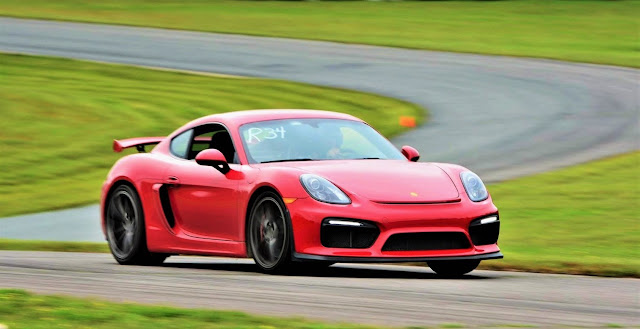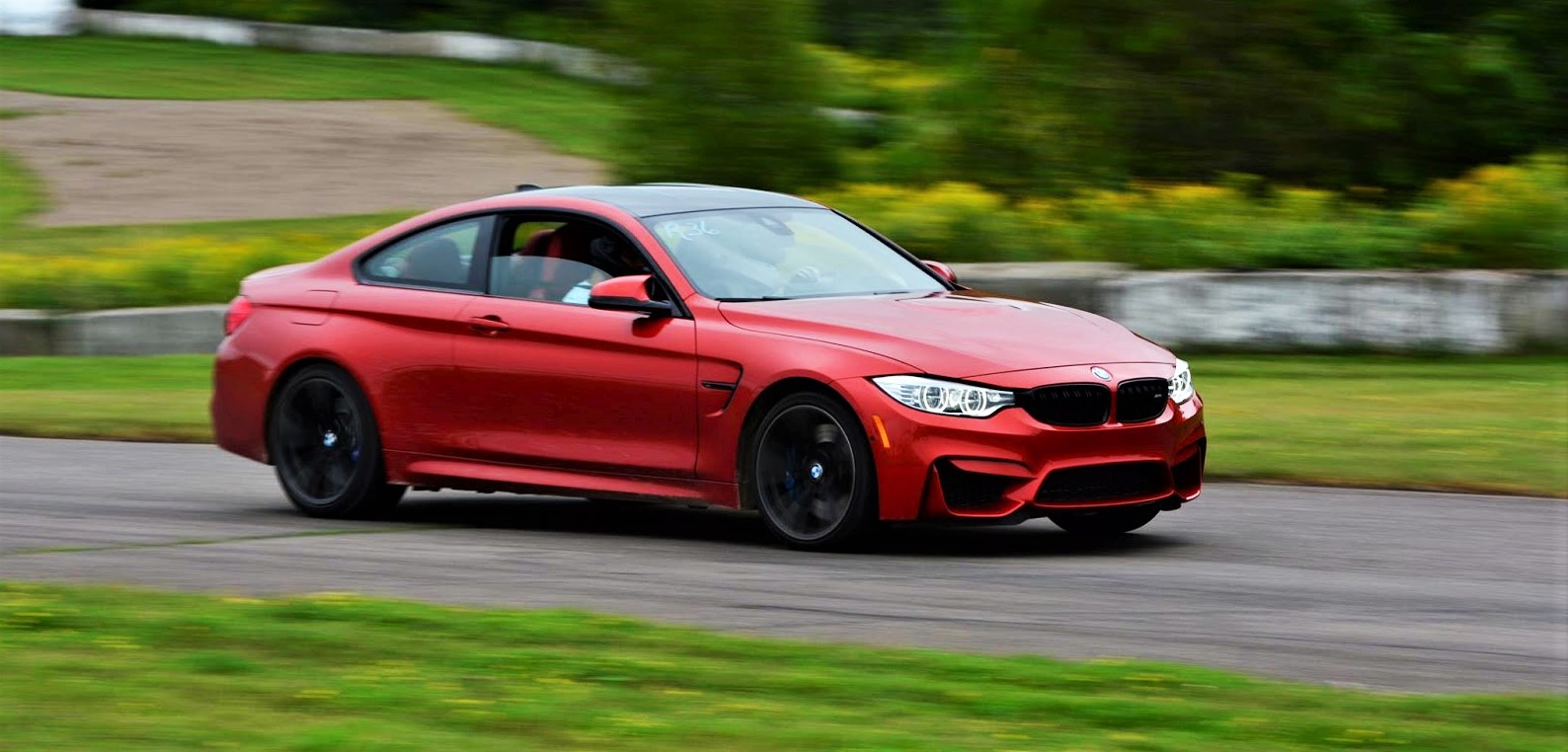BMW recently unrelieved the refreshed 5-series for model year 2014, which is scheduled to be in dealerships by August of this year. Along with the subtle facelift, the 5-series receives an updated diesel engine and the Competition Package. Information about the latter was recently leaked but more details have become available.
Opting for the competition package will get you new springs and dampers, which lower the car by 0.4 in, and stiffer anti-roll bars. Since cars are now packed with electronic components that affect performance, most manufacturer performance packages included hardware and software upgrades and the Competition Package is no exception. The steering in the M5 has been an area of criticism and, while the upgraded springs, dampers and anti-roll bars should help, the electric power steering will also be revised for a more direct feel. Other upgrades include reprogramming the active M differential for improved traction and adjusting the stability control system for higher limits to allow sportier driving before it engages.
Power will go up by 15 hp to 575 hp, which BMW estimates will cut down 0.1 s from the 0-62 mph (0-100 km/h) time to 4.2 seconds with the manual and 4.1 with the automatic, dual-clutch transmission. Visual upgrades include unique, 20 in wheels and black-chrome exhaust tips. Pricing is yet to be announced but the package will probably demand a hefty premium.
There was no mention of whether the wheels will be lighter than the optional 20 in wheels currently available, wider or come with upgraded rubber but since it wasn't mentioned, they probably offer no performance advantage. The confirmed upgrades should be a decent upgrade, though, but only time (and a test) will tell how much of a difference they make.
Source: Motor Trend















Comments
Post a Comment